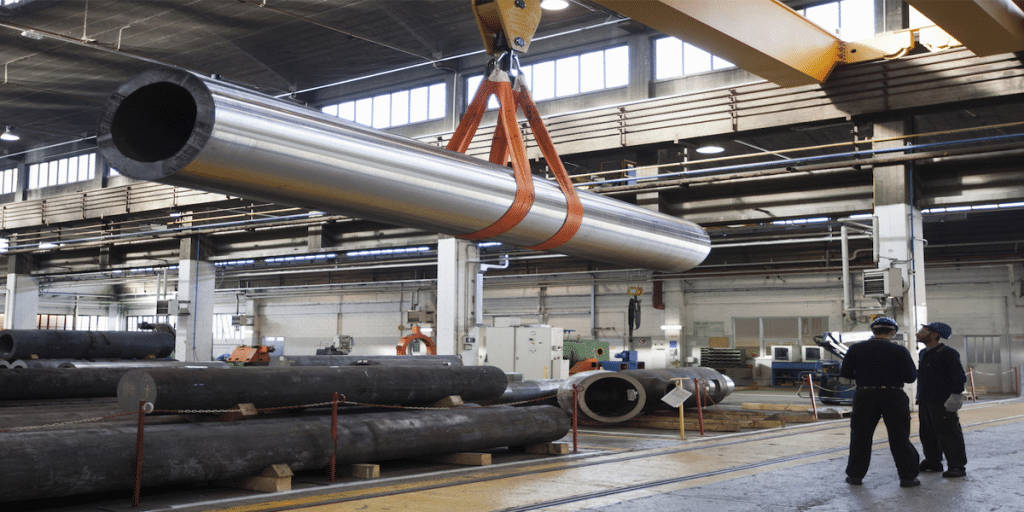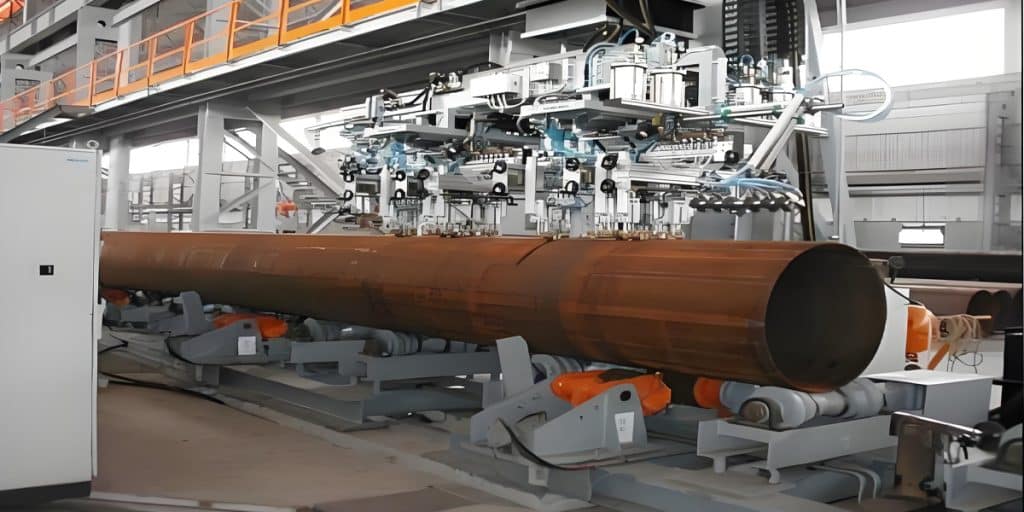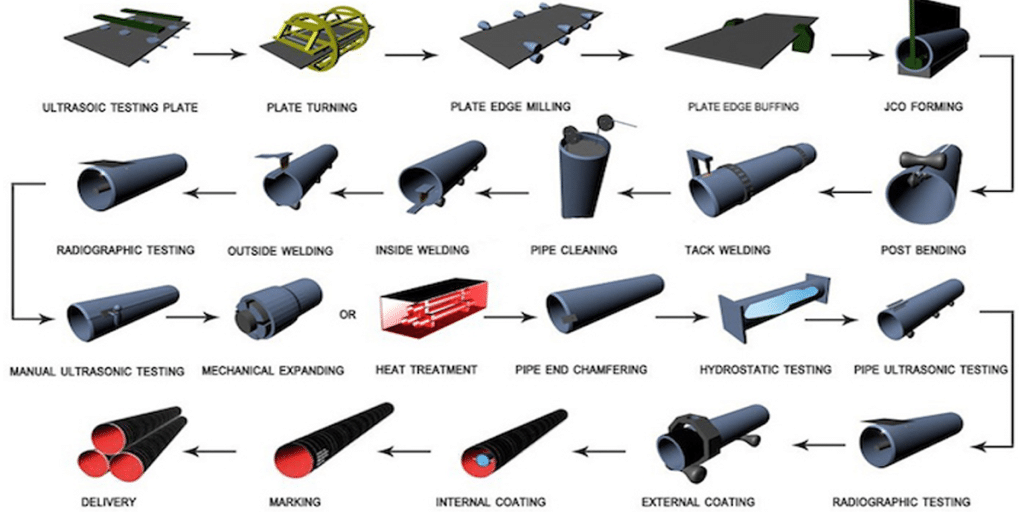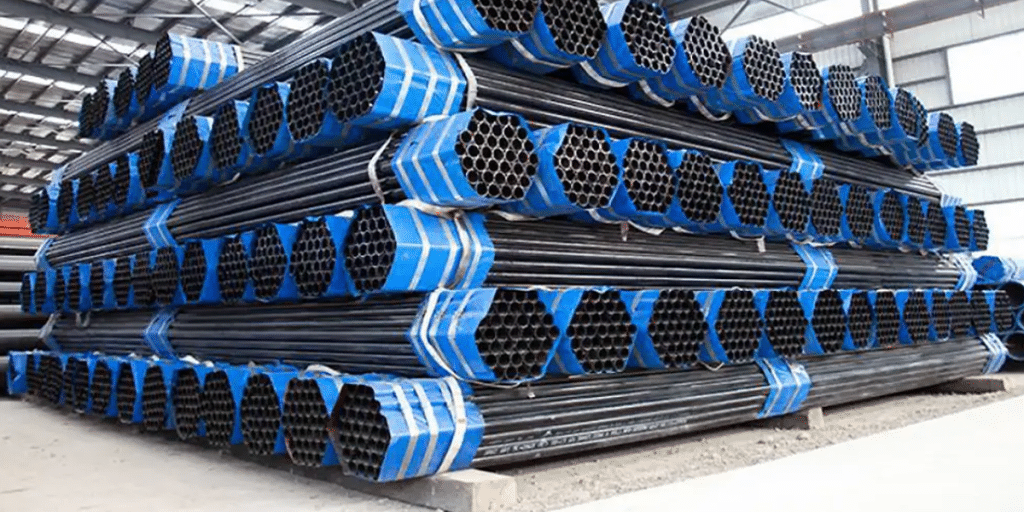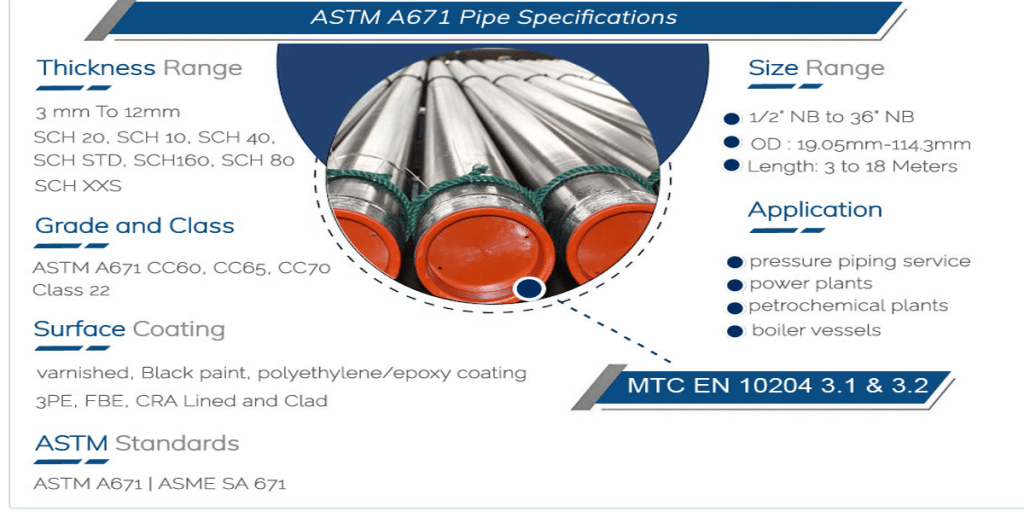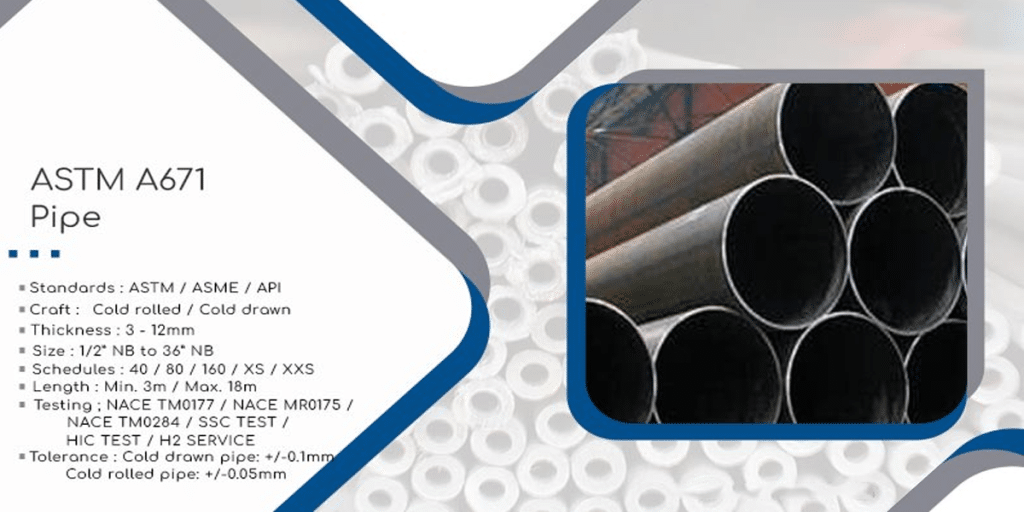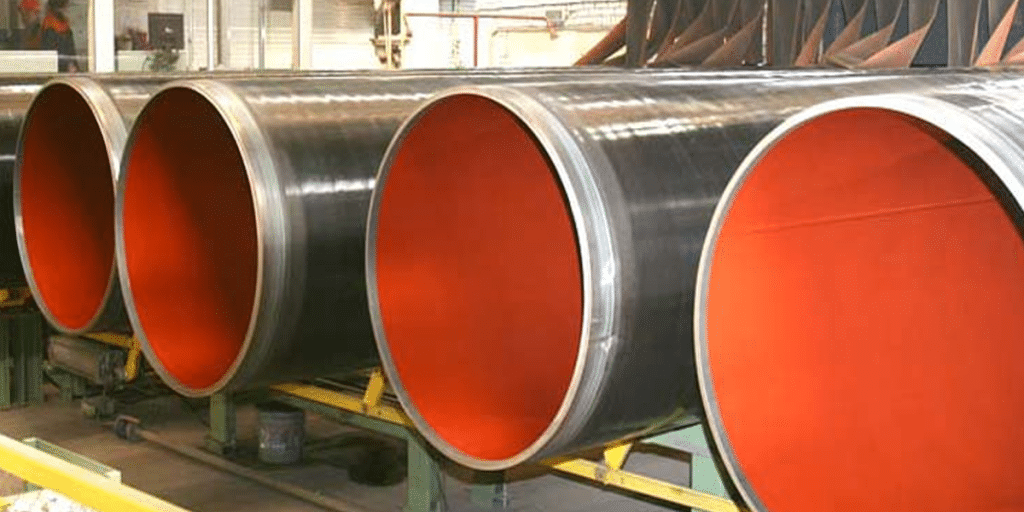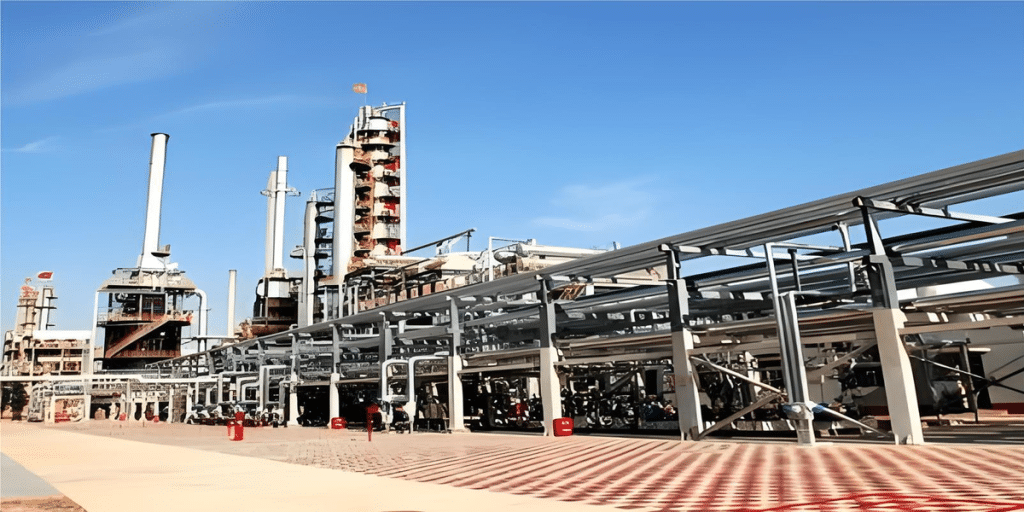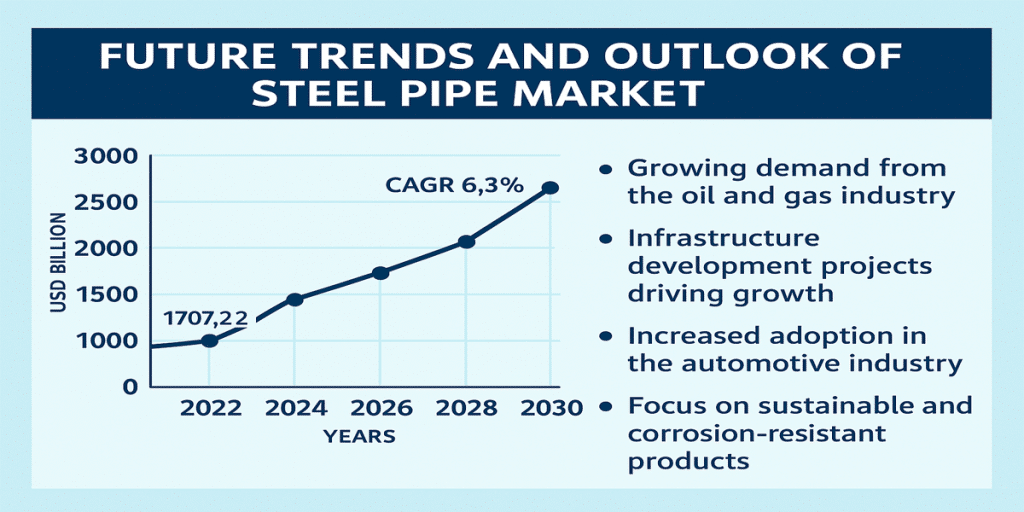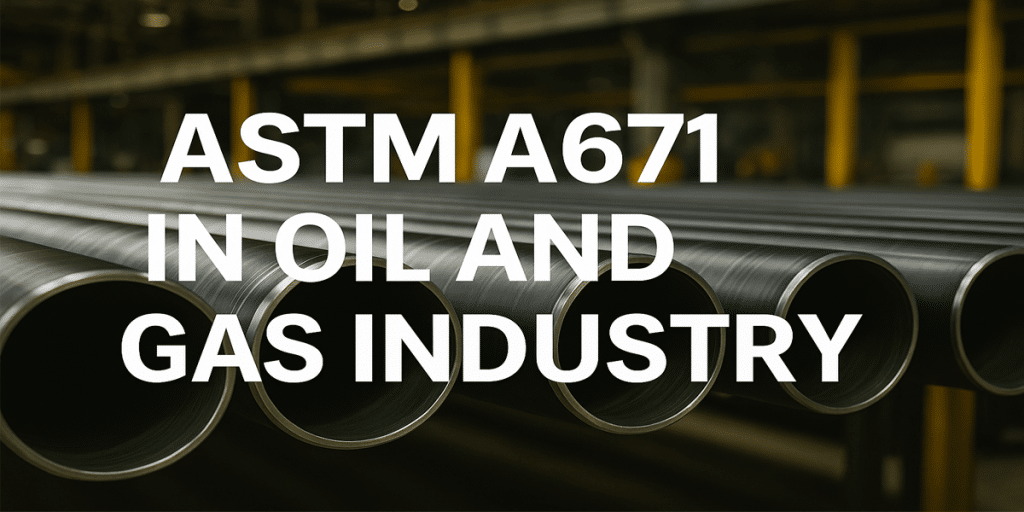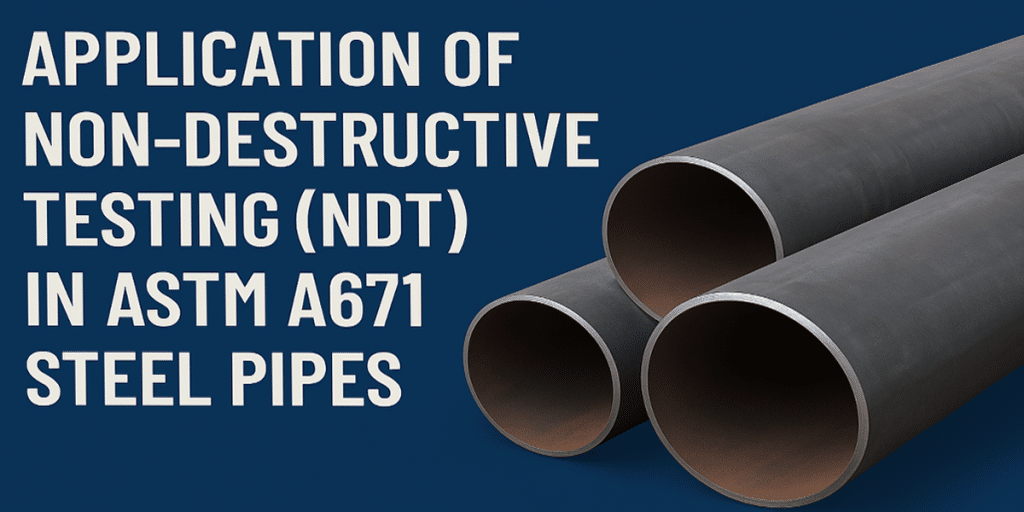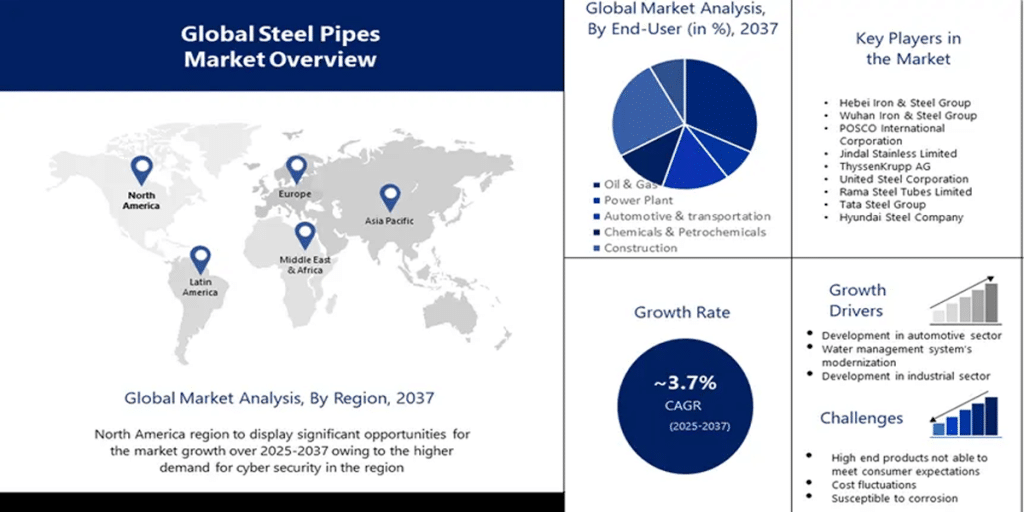Knowledge
- All
- Knowledge
- News
 As the energy, chemical, and power industries continue to evolve rapidly, the selection of steel pipe standards for industrial applications has become increasingly critical. With growing attention to material performance and cost-effectiveness, choosing the right specification that fits specific working conditions is a common challenge for engineers and procurement professionals alike. Standards such as ASTM A671, API 5L, and ASTM A106 represent some of the most widely used options, each catering to different pressure levels, temperature environments, and structural demands.…
As the energy, chemical, and power industries continue to evolve rapidly, the selection of steel pipe standards for industrial applications has become increasingly critical. With growing attention to material performance and cost-effectiveness, choosing the right specification that fits specific working conditions is a common challenge for engineers and procurement professionals alike. Standards such as ASTM A671, API 5L, and ASTM A106 represent some of the most widely used options, each catering to different pressure levels, temperature environments, and structural demands.… Against the backdrop of a global shift in energy structures, multinational infrastructure projects are advancing at an unprecedented pace, particularly in sectors like natural gas, oil, and power. As a critical material in pressure-bearing transportation systems, ASTM A671 steel pipes have gained increasing prominence in the material lists of international energy projects due to their excellent mechanical properties and reliable weldability. Whether in Middle Eastern LNG terminals or energy corridors between Central and South Asia, ASTM A671 has proven itself…
Against the backdrop of a global shift in energy structures, multinational infrastructure projects are advancing at an unprecedented pace, particularly in sectors like natural gas, oil, and power. As a critical material in pressure-bearing transportation systems, ASTM A671 steel pipes have gained increasing prominence in the material lists of international energy projects due to their excellent mechanical properties and reliable weldability. Whether in Middle Eastern LNG terminals or energy corridors between Central and South Asia, ASTM A671 has proven itself… With the growing global demand for clean energy, natural gas—as an efficient and environmentally friendly fuel—is increasingly used in power plants and thermal energy stations. In the face of complex and variable operating conditions, selecting steel pipe materials with excellent performance and industry-standard compliance is especially important. As a welded steel pipe specifically designed for high strength and corrosion resistance, ASTM A672 is gradually becoming the preferred choice for natural gas pipeline projects and thermal station pipe selection. This article…
With the growing global demand for clean energy, natural gas—as an efficient and environmentally friendly fuel—is increasingly used in power plants and thermal energy stations. In the face of complex and variable operating conditions, selecting steel pipe materials with excellent performance and industry-standard compliance is especially important. As a welded steel pipe specifically designed for high strength and corrosion resistance, ASTM A672 is gradually becoming the preferred choice for natural gas pipeline projects and thermal station pipe selection. This article… With the rapid expansion of global energy infrastructure and high-pressure transmission systems, the optimization and standardization of pressure pipe steel manufacturing steps have become a focal point in the industry. As a critical material widely used in oil, gas, power, and chemical sectors, ASTM A672 steel pipes are increasingly favored by manufacturers and engineering firms for their excellent pressure resistance and structural reliability. In high-demand applications where safety and reliability are paramount, ensuring that each pipe complies with the ASTM…
With the rapid expansion of global energy infrastructure and high-pressure transmission systems, the optimization and standardization of pressure pipe steel manufacturing steps have become a focal point in the industry. As a critical material widely used in oil, gas, power, and chemical sectors, ASTM A672 steel pipes are increasingly favored by manufacturers and engineering firms for their excellent pressure resistance and structural reliability. In high-demand applications where safety and reliability are paramount, ensuring that each pipe complies with the ASTM… With the rapid development of industrial manufacturing and infrastructure construction, steel pipes have become essential materials with increasingly stringent performance and quality requirements. Especially in the field of welded pipes, selecting products that meet standards and ensure reliability is crucial for guaranteeing both safety and economic efficiency. This article focuses on the ASTM A672 selection guide, delving into common knowledge about welded pipe usage and answering frequently asked questions in steel pipe procurement, helping you fully grasp the key points…
With the rapid development of industrial manufacturing and infrastructure construction, steel pipes have become essential materials with increasingly stringent performance and quality requirements. Especially in the field of welded pipes, selecting products that meet standards and ensure reliability is crucial for guaranteeing both safety and economic efficiency. This article focuses on the ASTM A672 selection guide, delving into common knowledge about welded pipe usage and answering frequently asked questions in steel pipe procurement, helping you fully grasp the key points… With the growing demand for high-performance transmission pipelines in industries such as energy, petrochemicals, and infrastructure, ASTM A672 steel pipes have gradually become an essential material in engineering projects. Especially under complex working conditions involving medium to high pressure, low temperatures, or welded structures, choosing the right pipe for the application environment has become a major concern for designers and procurement specialists. As one of the most representative welded steel pipes, ASTM A672 not only offers good mechanical properties and…
With the growing demand for high-performance transmission pipelines in industries such as energy, petrochemicals, and infrastructure, ASTM A672 steel pipes have gradually become an essential material in engineering projects. Especially under complex working conditions involving medium to high pressure, low temperatures, or welded structures, choosing the right pipe for the application environment has become a major concern for designers and procurement specialists. As one of the most representative welded steel pipes, ASTM A672 not only offers good mechanical properties and… With the rapid development of high-demand industries such as petrochemicals, power generation, and energy transmission, the selection of engineering pipeline materials has become a critical factor in ensuring both project safety and cost-effectiveness. As a widely adopted standard for electric-fusion-welded steel pipes used in medium to low temperature environments, ASTM A671 is commonly applied in boilers, heat exchangers, and pressure pipeline systems. Due to its excellent weldability and high strength, different grades under this specification—such as CA grade pipes, CB…
With the rapid development of high-demand industries such as petrochemicals, power generation, and energy transmission, the selection of engineering pipeline materials has become a critical factor in ensuring both project safety and cost-effectiveness. As a widely adopted standard for electric-fusion-welded steel pipes used in medium to low temperature environments, ASTM A671 is commonly applied in boilers, heat exchangers, and pressure pipeline systems. Due to its excellent weldability and high strength, different grades under this specification—such as CA grade pipes, CB… As global engineering projects increasingly demand higher standards of material quality and safety, the ASTM A671 compliance standard has become a critical benchmark in the steel pipe industry. As a typical representative of welded steel pipes, ASTM A671 pipes must not only meet stringent manufacturing specifications but also undergo third-party testing to ensure consistent and reliable product quality. The ASTM A671 MTC (Material Test Certificate) requirements in project delivery documents serve as a key basis for confirming material compliance between…
As global engineering projects increasingly demand higher standards of material quality and safety, the ASTM A671 compliance standard has become a critical benchmark in the steel pipe industry. As a typical representative of welded steel pipes, ASTM A671 pipes must not only meet stringent manufacturing specifications but also undergo third-party testing to ensure consistent and reliable product quality. The ASTM A671 MTC (Material Test Certificate) requirements in project delivery documents serve as a key basis for confirming material compliance between… In the fields of industrial manufacturing and pipeline engineering, the selection of welded steel pipes directly impacts the safety and service life of projects. Among the numerous welded steel pipe standards, ASTM A671 and ASTM A672 are particularly important industrial welded pipeline standards. Many engineers and procurement professionals often feel confused when comparing ASTM A671 vs A672, uncertain about how to make the most reasonable choice based on specific needs. This article will provide an in-depth analysis of the performance…
In the fields of industrial manufacturing and pipeline engineering, the selection of welded steel pipes directly impacts the safety and service life of projects. Among the numerous welded steel pipe standards, ASTM A671 and ASTM A672 are particularly important industrial welded pipeline standards. Many engineers and procurement professionals often feel confused when comparing ASTM A671 vs A672, uncertain about how to make the most reasonable choice based on specific needs. This article will provide an in-depth analysis of the performance… In today’s industrial market, where the demand for high-performance piping materials continues to rise, ASTM A672 steel pipes are widely used in critical sectors such as power generation, petrochemical, and district heating projects due to their excellent weldability and suitability for medium to high-pressure applications. However, with increasingly stringent inspection standards and higher expectations for safe and stable system operation, it has become essential for manufacturers to implement a scientific and systematic quality control process throughout production. From raw material…
In today’s industrial market, where the demand for high-performance piping materials continues to rise, ASTM A672 steel pipes are widely used in critical sectors such as power generation, petrochemical, and district heating projects due to their excellent weldability and suitability for medium to high-pressure applications. However, with increasingly stringent inspection standards and higher expectations for safe and stable system operation, it has become essential for manufacturers to implement a scientific and systematic quality control process throughout production. From raw material… With the changing global market demands and increasingly strict environmental regulations, the steel pipe industry is undergoing a profound transformation. Steel pipe intelligent manufacturing and digitalized production are becoming the core driving forces for future development. By applying intelligent technologies, the industry will achieve more efficient and precise production methods. At the same time, green steel pipe production is becoming an inevitable choice for the future, and low-carbon steel pipe solutions will be a key factor in enhancing the competitiveness…
With the changing global market demands and increasingly strict environmental regulations, the steel pipe industry is undergoing a profound transformation. Steel pipe intelligent manufacturing and digitalized production are becoming the core driving forces for future development. By applying intelligent technologies, the industry will achieve more efficient and precise production methods. At the same time, green steel pipe production is becoming an inevitable choice for the future, and low-carbon steel pipe solutions will be a key factor in enhancing the competitiveness… As global manufacturing and infrastructure projects continue to expand, policies and regulations in the steel pipe industry are becoming increasingly complex. From evolving steel pipe standards to growing demands for steel pipe import-export compliance and environmental regulations, these factors are significantly shaping how companies operate and compete. Particularly in international markets, understanding the API standard steel pipe export guidelines and FBE coated steel pipe testing standards is essential for businesses aiming to stay competitive and compliant. This article explores key…
As global manufacturing and infrastructure projects continue to expand, policies and regulations in the steel pipe industry are becoming increasingly complex. From evolving steel pipe standards to growing demands for steel pipe import-export compliance and environmental regulations, these factors are significantly shaping how companies operate and compete. Particularly in international markets, understanding the API standard steel pipe export guidelines and FBE coated steel pipe testing standards is essential for businesses aiming to stay competitive and compliant. This article explores key… In the modern energy industry, the safe and efficient transportation of oil and natural gas is a critical link in ensuring global energy supply. As a vital bridge connecting oil and gas fields to end users, the quality of steel pipes used in oil pipelines directly affects the safety and stability of the transportation system. In recent years, with increasing demands for low-temperature environments and high-pressure transportation conditions, ASTM A671 standard welded steel pipes have become the preferred material for…
In the modern energy industry, the safe and efficient transportation of oil and natural gas is a critical link in ensuring global energy supply. As a vital bridge connecting oil and gas fields to end users, the quality of steel pipes used in oil pipelines directly affects the safety and stability of the transportation system. In recent years, with increasing demands for low-temperature environments and high-pressure transportation conditions, ASTM A671 standard welded steel pipes have become the preferred material for… In modern engineering projects, the stability of transported media is closely tied to the safety and reliability of the pipeline itself. Particularly in industries such as power generation, petrochemicals, and natural gas, the quality requirements for pressure-bearing pipes are extremely stringent. Against this backdrop, ASTM A671 steel pipes have become a preferred choice due to their excellent weldability and reliable low-temperature performance! However, many procurement professionals and engineers are still unfamiliar with the detailed ASTM A671 manufacturing process and the…
In modern engineering projects, the stability of transported media is closely tied to the safety and reliability of the pipeline itself. Particularly in industries such as power generation, petrochemicals, and natural gas, the quality requirements for pressure-bearing pipes are extremely stringent. Against this backdrop, ASTM A671 steel pipes have become a preferred choice due to their excellent weldability and reliable low-temperature performance! However, many procurement professionals and engineers are still unfamiliar with the detailed ASTM A671 manufacturing process and the… In the current global economic environment, the steel pipe market is facing numerous challenges and opportunities in terms of supply and demand. As infrastructure projects continue to advance and the demand from industries such as oil and gas, construction, and water treatment grows, the demand for steel pipes has been steadily increasing. However, the supply chain for steel pipes is also facing multiple challenges, including raw material shortages, rising production costs, and logistical difficulties. These factors have not only impacted…
In the current global economic environment, the steel pipe market is facing numerous challenges and opportunities in terms of supply and demand. As infrastructure projects continue to advance and the demand from industries such as oil and gas, construction, and water treatment grows, the demand for steel pipes has been steadily increasing. However, the supply chain for steel pipes is also facing multiple challenges, including raw material shortages, rising production costs, and logistical difficulties. These factors have not only impacted…



